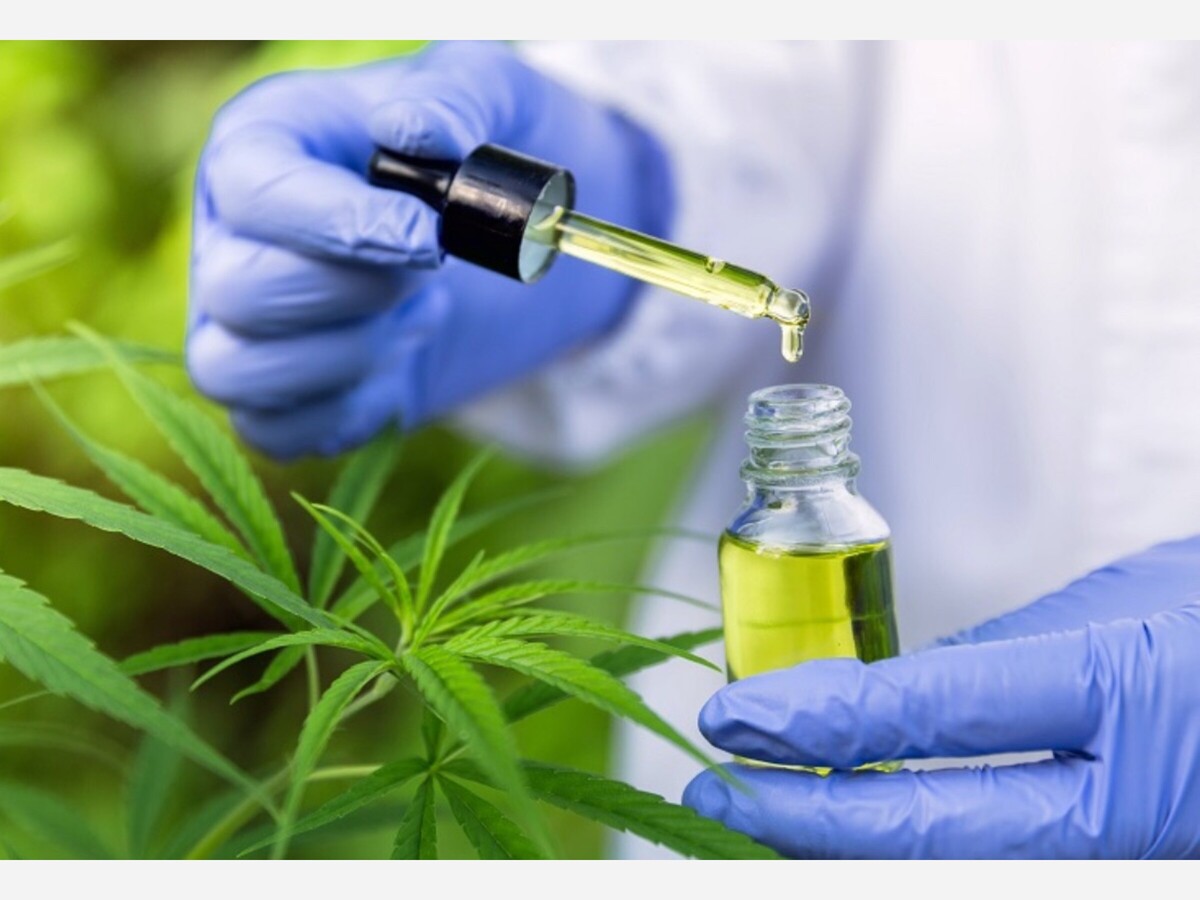Image


A new study was just released that shows that Cannabigerol (CBG), a non-psychoactive cannabinoid found in cannabis, has emerged as a promising therapeutic agent with a diverse range of potential applications. Unlike its well-known counterpart tetrahydrocannabinol (THC), CBG does not induce intoxication, making it an attractive option in the clinic. Recent research has shed light on CBG’s intriguing molecular mechanisms, highlighting its potential to modulate multiple physiological processes.
The 10-person team behind the new review includes researchers from Guangdong University of Techonology in Guangzhou, China; Cedars-Sinai Cancer Institute, in Los Angeles; the Beckman Research Institute of City of Hope, in Duarte, California; Guangzhou University of Chinese Medicine; and Sun Yat-Sen University, also in Guangzhou.
CBG has emerged as a potential therapeutic agent with a diverse range of effects,” says the new paper, published this month in the journal Molecules. “Although research on CBG is still in its early stages, its unique molecular mechanism and promising therapeutic profile warrant further exploration.”
The research looks not only at the potential effects of CBG but also its mechanisms of action. Like delta-9 THC and CBD, it says, CBG interacts with the body’s cannabinoid receptors—but it also “has a unique affinity for other receptors, such as the α2AR and 5-HT1A receptors.
CBG has emerged as a potential therapeutic agent with a diverse range of effects. Although research on CBG is still in its early stages, its unique molecular mechanism and promising therapeutic profile warrant further exploration. CBG exhibits similar activity and affinity characteristics to Δ9-THC and CBD on cannabinoid receptors but also has a unique affinity for other receptors, such as the α2AR and 5-HT1A receptors. CBG’s diverse mechanisms translate into a wide range of potential therapeutic applications, including neuroprotection, anti-inflammation, antibacterial properties, hypotension, cancer treatment, pain management, and metabolic syndrome. Additionally, some CBG users report improved sleep, although this has not yet been confirmed by clinical studies. Like other cannabinoids, CBG has been shown to have beneficial effects in glaucoma patients by reducing intraocular pressure, a primary risk factor for glaucoma. However, the exact mechanisms and long-term effects are yet to be fully understood.
Per the study, " CBG presents as a promising therapeutic agent with a unique molecular profile and a broad spectrum of potential benefits. As research progresses, CBG has the potential to become a valuable addition to the therapeutic arsenal for a range of conditions. Ongoing and future studies will likely uncover more about its efficacy, safety, and optimal usage parameters, leading to more precise applications in clinical settings. Further research focusing on clinical trials, detailed mechanistic studies, and optimized delivery systems is crucial to unlocking the full potential of CBG for various medical applications. Additionally, exploring its synergy with other cannabinoids and traditional medications could open new avenues for combination therapies. As we deepen our understanding of CBG, it may lead to breakthroughs in treating complex conditions, ultimately improving patient outcomes and expanding the scope of cannabinoid-based medicine. The next decade could see CBG integrated into mainstream medical practice, revolutionizing the approach to many chronic and debilitating diseases."
The next decade could see CBG integrated into mainstream medical practice,” the paper says, “revolutionizing the approach to many chronic and debilitating conditions.”
Despite ongoing obstacles to marijuana research generally, investigation of marijuana’s many chemical components has expanded considerably as the nation’s war on cannabis has waned. As a separate paper published earlier this year found, “a diverse array of lesser-known phytocannabinoids, along with terpenes, flavonoids, and alkaloids” have been shown to “demonstrate diverse pharmacological activities” and could offer a multitude of therapeutic applications.